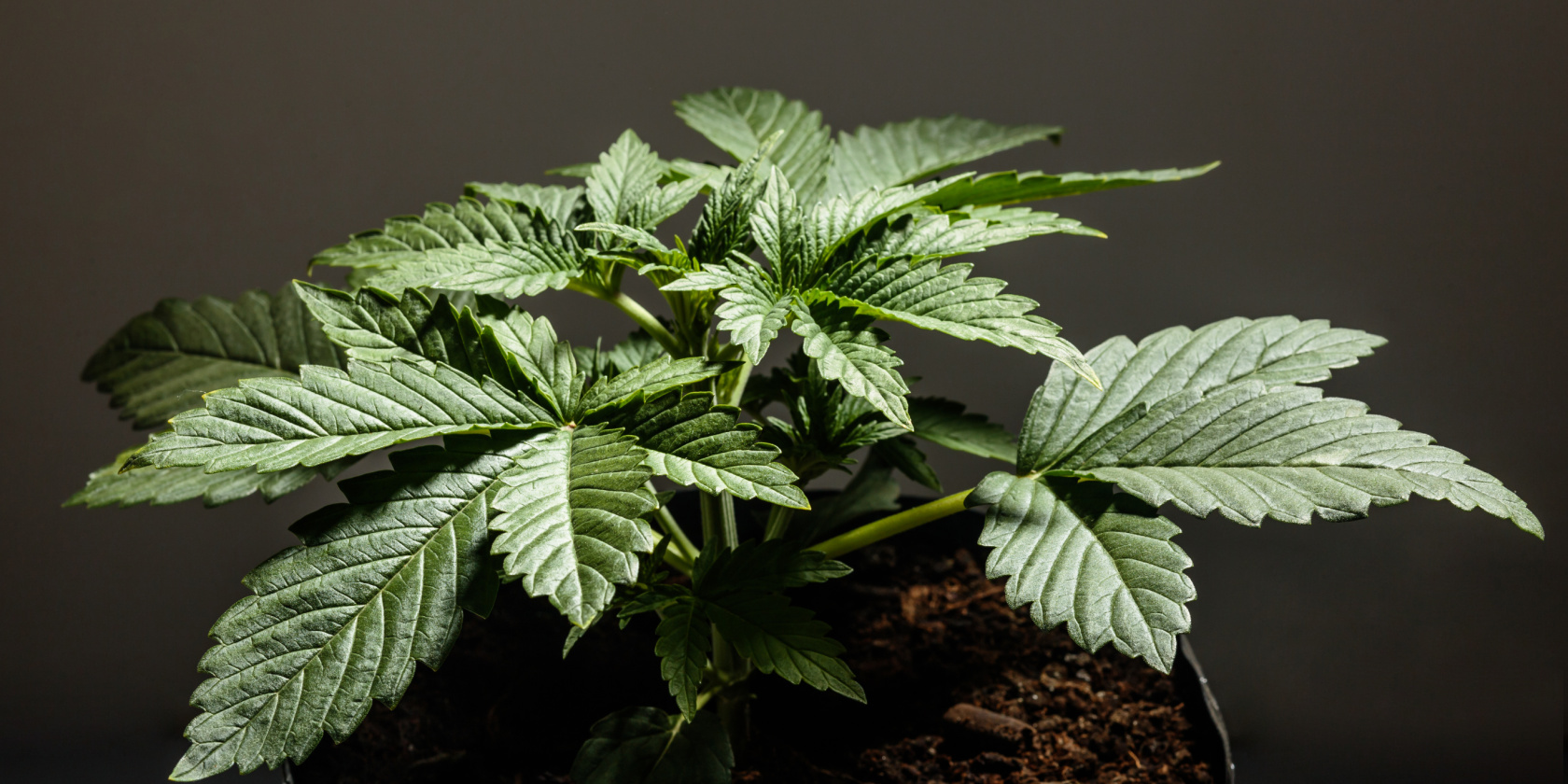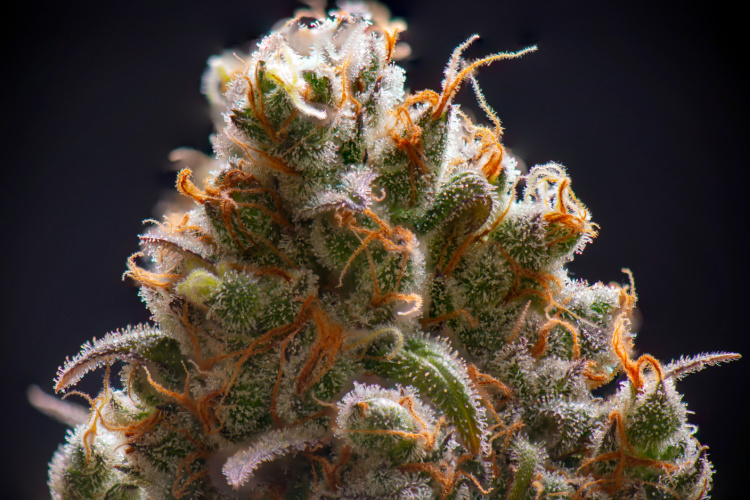
If you already rely on Papa & Barkley’s award-winning Releaf Balm or our other proven cannabis and hemp products, it’s a safe bet you’re familiar with THC and CBD, the two major cannabinoids in cannabis. While they both provide pain relief, among other beneficial effects, they’re not the only “active ingredients” in the cannabis plant.
Meet CBN, a “new” cannabinoid with a long backstory. As a growing number of us are finding out, CBN for sleep may promise a whole new way of accessing the benefits of cannabis. If you’re wondering “what is CBN oil and how can it help me sleep,” this post is for you!

What Is CBN Oil? An Introduction
Needless to say, CBN isn’t really “new.” When it was first identified in 1896, CBN was believed to be the cannabinoid responsible for the cannabis plant’s distinctive psychoactivity. It would be several decades before Israeli researcher Raphael Mechoulam identified THC, though we now know that it’s not the only not the only cannabinoid responsible for cannabis’ psychoactive effects. It turns out that CBN is mildly psychoactive, too. Because CBN is created by the breakdown of THC in the presence of oxygen, you could think of CBN as THC’s “cousin.” And that leads directly to the purported connection between CBD and sleep.
In the past, some cannabis aficionados claimed that aged cannabis was prone to imparting sedative effects. Remembering that CBN is formed by the breakdown of THC, suggests that it’s this factor that makes us feel sleepy. But what does the science say?
CBN for Sleep: Hope for Deeper Rest?
Though CBN was identified well over a century ago, researchers don’t yet know a great deal about how it might affect our sleep. One small-scale study from 1976 found that CBN caused sedation in conjunction with THC, though not by itself. More recently, a rodent-based study found that CBN acted as a sedative, but other studies have returned inconclusive results.
One recent study found little evidence CBN promoted deeper sleep; another claimed that CBN was as effective as twice the amount of diazepam (an anxiolytic and sedative medication), though it was later amended to downplay any conclusive claims.
That said, it’s clear that many of us are deriving benefits from taking a CBN dose for sleep. When we formulated our own CBN oil for sleep, we asked a group of over 90 participants to report their own experiences using CBN for sleep.
On average, they reported falling asleep 20 minutes faster when using the tincture. As more research is published, we believe that the full benefits of using CBN oil for sleep will come into focus, offering those of us who have trouble getting a full night of rest gentle, lasting, and natural relief.

How Much CBN Should I Take for Sleep?
Given the scarcity of hard evidence, there’s no federally mandated dosage in using CBN for sleep. But based on our experience gained during the creation of our CBN Sleep Releaf Oil, we advise our customers to try 1/2 a dropperful 30 minutes before bedtime and holding the dose under the tongue for 20 seconds to speed absorption. If needed, the dose can safely be increased to a full dropperful on subsequent nights.
This dosage corresponds to:
- Half dropperful (0.5 ml): 4mg CBD, 8mg THC, 2mg CBN
- One dropperful (1 ml): 8mg CBD, 16mg THC, 4mg CBN
CBN for Sleep: In Conclusion
We’ve only begun to unlock the secrets of cannabinoids, a rich and medically active family of cannabis compounds. As more information becomes available, we’ll be sure to share it with you on the pages of our blog.
Are you interested in adding CBN to your self-care routine to help support better sleep? We’ve formulated our Sleep Releaf collection—featuring tinctures, gummies, capsules and chocolates—specifically to support better rest. These products combine the benefits of CBD, THC and CBN to not only help you fall asleep faster but stay asleep longer, all without feelings of grogginess in the morning.
If you have any other questions about CBN oil benefits, don’t hesitate to ask. We’re here to help!





